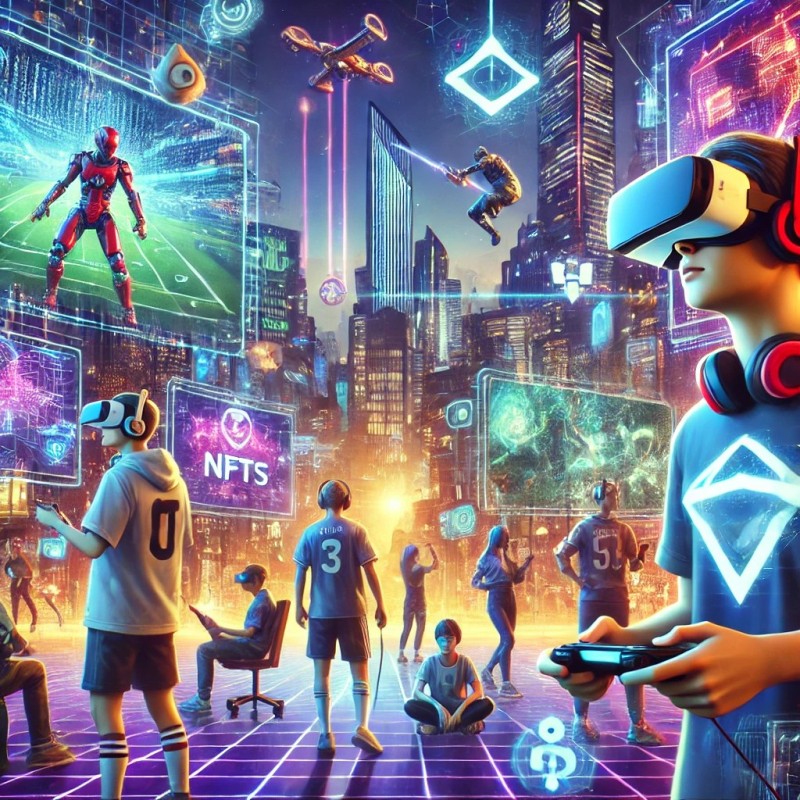The metaverse represents a fundamental transformation in how we interact with digital environments. This new generation of virtual spaces combines elements of gaming, social networks, and commercial platforms. Users can access these persistent worlds through various applications, similar to how they download 1xbet to engage in immersive betting experiences, creating a new dimension of digital entertainment that transcends traditional boundaries. The integration of these digital worlds with betting systems generates new forms of engagement, where users actively participate in shared experiences.

Table of Content
The convergence of technologies in the metaverse
The development of the metaverse relies on the integration of multiple advanced technologies. According to studies on virtual reality, the combination of three-dimensional graphics, digital physics systems, and low-latency networks enables the creation of increasingly convincing and responsive virtual worlds. These technical advancements transform two-dimensional applications into fully spatial experiences.
The technological components of the metaverse include:
- Virtual and augmented reality hardware
- Real-time 3D rendering systems
- Blockchain technologies for the digital economy
- Artificial intelligence for non-player characters
- Haptic interfaces for sensory feedback
- Distributed servers for persistent worlds
- Interoperability protocols between platforms
Economy and opportunities in virtual worlds
The metaverse economy creates new possibilities for both brands and consumers. Research on the metaverse economy shows that the value of transactions in virtual worlds has grown by 400% over the past two years, with projections reaching 800 billion raise by 2026. This growth opens opportunities for developers, digital artists, and companies across all industries.
The entertainment sector, particularly gaming and betting, is leading this digital transformation. Betting platforms are creating virtual environments where users can participate in simulated sporting events, first-person casino games, and exclusive metaverse competitions, offering experiences that are impossible in traditional interfaces. These applications integrate social aspects with gaming mechanics, creating hybrid experiences that keep users engaged for longer periods.
Market analysis shows that companies investing in this intersection between gambling and virtual worlds are recording 60% higher retention rates compared to traditional platforms. This fact has attracted significant investments for the development of increasingly sophisticated and immersive virtual environments.
The future of social interaction in digital spaces
The metaverse fundamentally alters human interaction in digital environments. Data shows that users spend on average 30% more time on three-dimensional platforms compared to traditional applications. This greater retention translates into more engaged and loyal communities, creating opportunities for meaningful social interactions in digital contexts.
Research points to a future where social events, professional meetings, and sports tournaments will regularly take place in virtual environments. It is estimated that by 2028, over 25% of professional sports events will have components in the metaverse, including alternative viewings and integrated betting within the virtual environment. This trend is already manifesting in experimental events held by professional sports leagues.
The analysis of usage patterns shows that socialization remains the main attraction of these environments. The most successful metaverses prioritize meaningful social interactions, allowing friends to share experiences even when physically distant. This social aspect naturally extends to gambling activities, transforming them from solitary actions into shared experiences.
Demographic data reveals a growing adoption among diverse age groups. While youth aged 18-24 represent 42% of the users, the 35-50 age group has increased by 78% in the last year, indicating a broad social acceptance that transcends younger generations.
